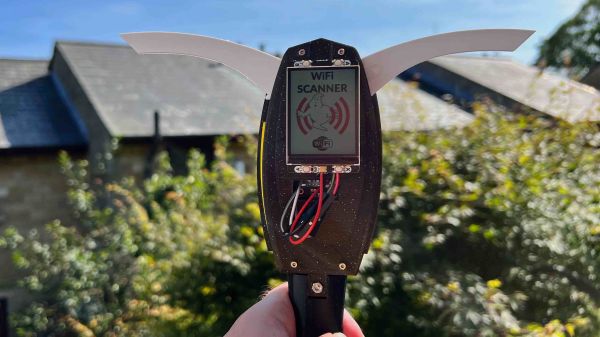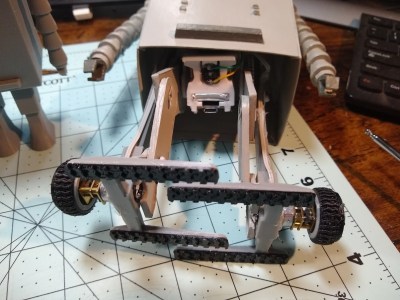[Davis DeWitt] gets to do something that many of us only dream of — build cool working props for movies. This time, the director asked for a realistic smoke grenade that can roll up to a mark and stop on it every take, pouring out smoke the entire time.
[Davis] decided on a hamster ball-esque design that uses a pair of motors that he can control remotely, plus the innards from a vape pen and a tiny fan to distribute the smoke. The motors spin 3D printed wheels using printed gears attached to the shafts, which drive the whole assembly forward or backward.
In order to get everything to fit inside the printed canister, [Davis] had to use the smallest components he could find, like the Seeed Xiao SAMD21 and the DRV8833 motor driver. The whole thing is powered by a pair of 18650s, which, as you might imagine, really factored into the weight distribution scheme. In this case, the batteries act as a pendulum and keep the inner assembly level and not spinning wildly inside the canister.
Finally, it was time for the smoke grenade aesthetics. After what seemed like endless sanding, priming, and masking, [Davis] had a really good-looking smoke grenade that just needed some vinyl lettering and fake wear-and-tear to be complete. Be sure to check it out in action after the break.
We don’t see a lot of grenades around here, but when we do, they’re often keyboards.






















